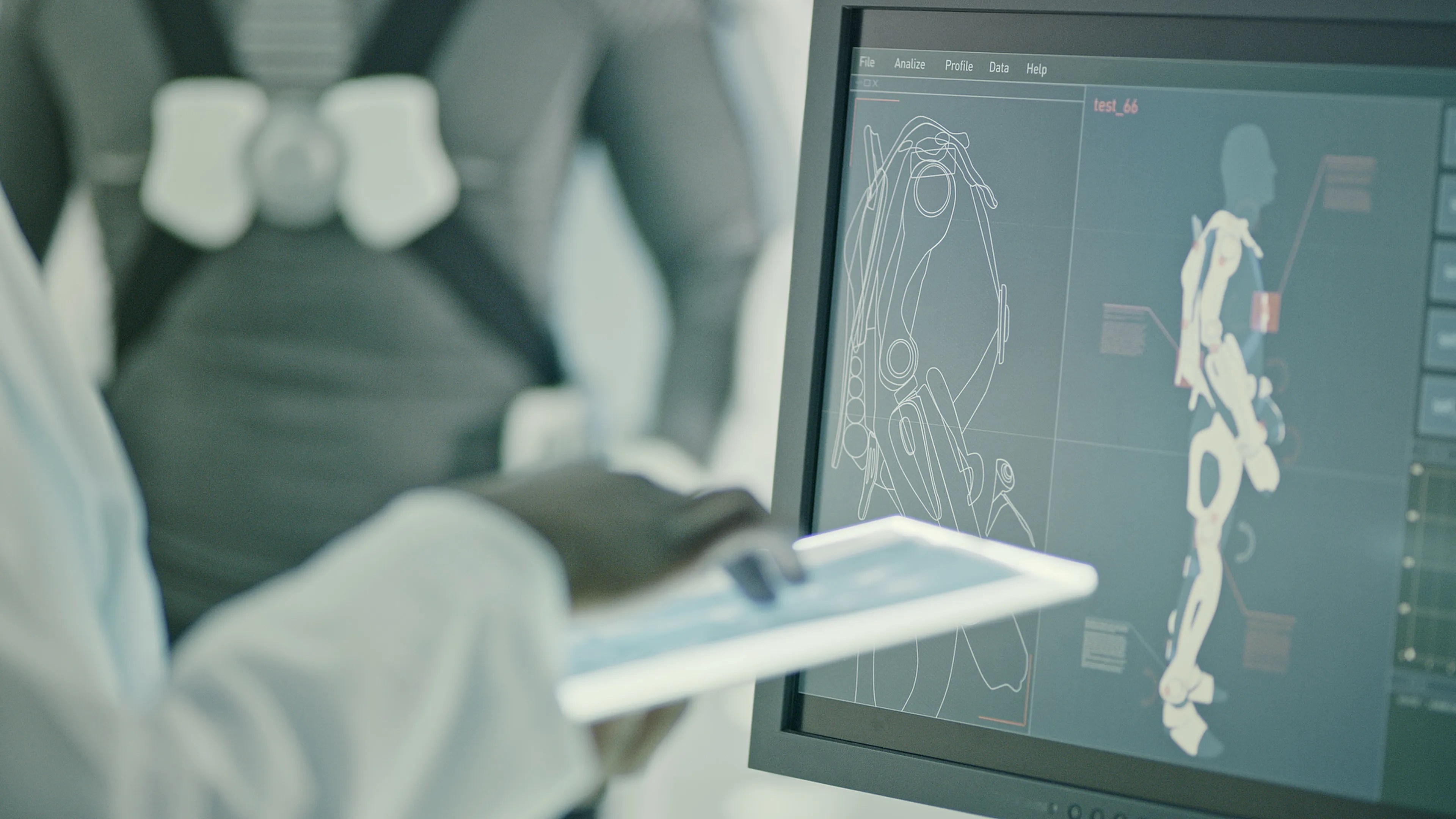Powered Exoskeletons

Tools exist to meet the needs that humans cannot physically accomplish. Industrial practices have always combined the efficiency of tools and the ingenuity of human interactions for any kind of production. However, the creation of the seemingly improbable powered exoskeletons is making it possible to enhance directly a human worker’s strength and efficiency.
A powered exoskeleton is a kind of external attachment that, when worn, enhances the power output of the user without having to increase the amount of energy that they consume. One of the more practical purposes of this power armor is for the military, since it can help to lighten the load that a soldier has to carry. Another use of this bionic assistance is for the disabled and individuals undergoing rehabilitation in hospitals.
However, one major problem that makes it nearly impossible to make a full-blown Iron Man suit is the difficulty with concentrating enough power into the exoskeleton to let it function for a meaningful period of time. According to Esko Bionics, an exoskeleton company, the human body can use up to just 10 watts standing around. Thus, it is very impractical with current technology to design a system that attempts to store a day’s worth of energy. This is troublesome for its usage in the military, which would require continuous reliability from the exoskeleton’s power.
Industry, on the other hand, generally only requires short bursts of power to lift and move objects. The newest developmental product of Esko completely avoids the issue of battery energy storage by designing their exoskeleton to rely completely on counterweights and a sprung arm used on image-stabilizing steadicams. This system makes use of a carbon fiber harness and metal-tube frame running down a user’s legs to translate the weight at the end of the arm through the suit and directly into the ground. However, this system does not work if the user moves a heavy object away from his or her body.
While Esko does not use battery power for its exoskeleton to function, other companies are embracing the challenge. Cyberdyne, a Japanese company with locations throughout Asia and Europe, has created the world’s first cyborg-type robot, called the HAL. HAL (Hybrid Assistive Limb) uses its advanced technology to improve, support, and enhance the wearer’s bodily functions.
With detectors in the exoskeleton that can sense “bio-electric signals”, or the faint signals that leak to the skin after being sent to the muscles from the brain, HAL can recognize the sort of motions that the user intends and enhances them ten-fold. Interestingly, the continuous repetition of the cyberkinetic motions is stored in the brain from feedback signals in the body, which can be the first step in allowing a disabled person to walk again. Additional applications for the HAL include factory work and rescue activities in disaster sites.
Similarly, the robot development branch of Panasonic, Activelink, is working on several robotic powered exoskeletons. The first, called the Power Loader, works by strapping around the user’s shoulder, waist, and one thigh, with four embedded sensors sending signals to the 20 engines in the suit that let a human lift heavy objects while decreasing the stress placed on that user’s back.
Activelink is also developing a much smaller exoskeleton, called the Power Assist Suit AWN-03, which is meant for lifting heavy objects in a factory. While also limiting stress placed on the wearer’s lower back, the Power Assist Suit can reduce weight by up to 15 kg. It features an automatic assist system and has a battery life of up to eight hours.
With a similar purpose, Activelink is also working on an upper body exoskeleton that can help people lift weights of at least 24 kg. Beyond these few examples, Activelink is developing many other robotic exoskeletons, such as the PLN-01 “Ninja” exoskeleton suit, which is designed for steep and rough terrain.
Activelink’s Power Loader gets its name from the similar Power Loader that Sigourney Weaver uses to fight the Xenomorph Queen at the end of Aliens, but Cyberdyne’s HAL is unintentionally linked to the ominous sophisticated computer HAL 9000 from 2001: A Space Odyssey. Interestingly, Cyberdyne is actually the name of the fictional robots company in The Terminator series that led to the singularity Skynet, another coincidence that came from the combination of “cybernics” and “dyne”, a unit of force.
Whether they are aware of it or not, these companies are drawing upon popular culture to bring new ideas to the real world that can lead to innumerable benefits in the near future, as they not only help the disabled but increase efficiency and worker safety.






